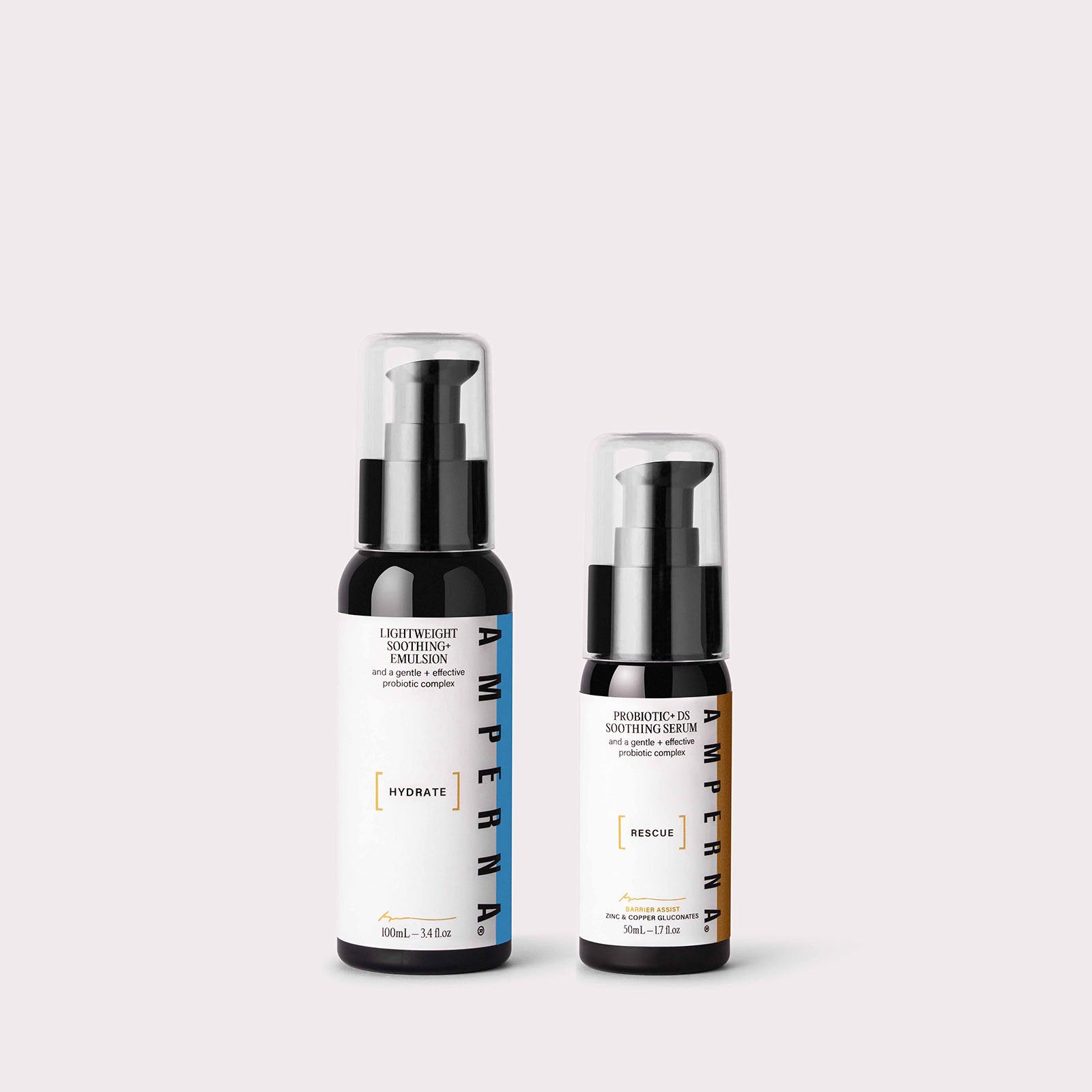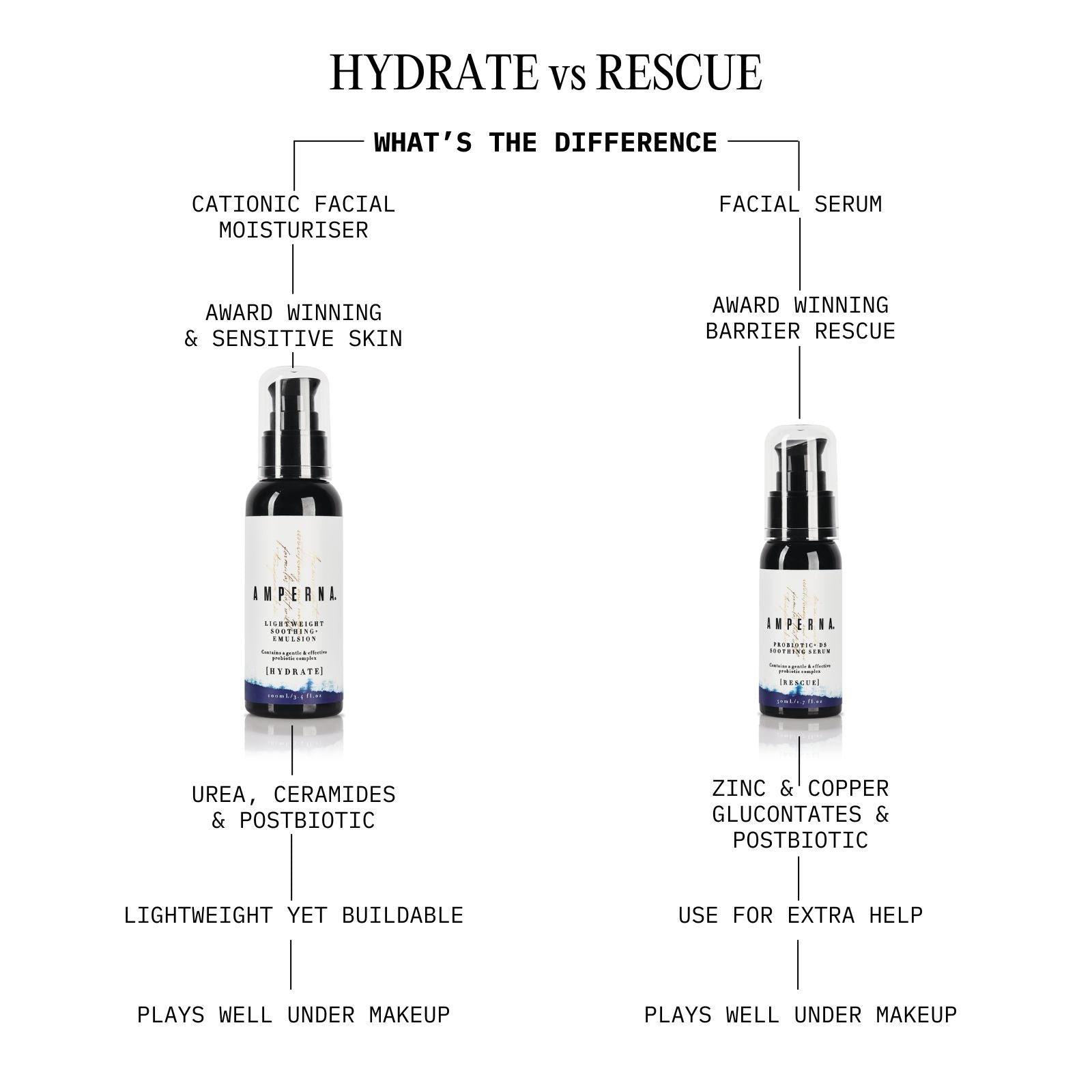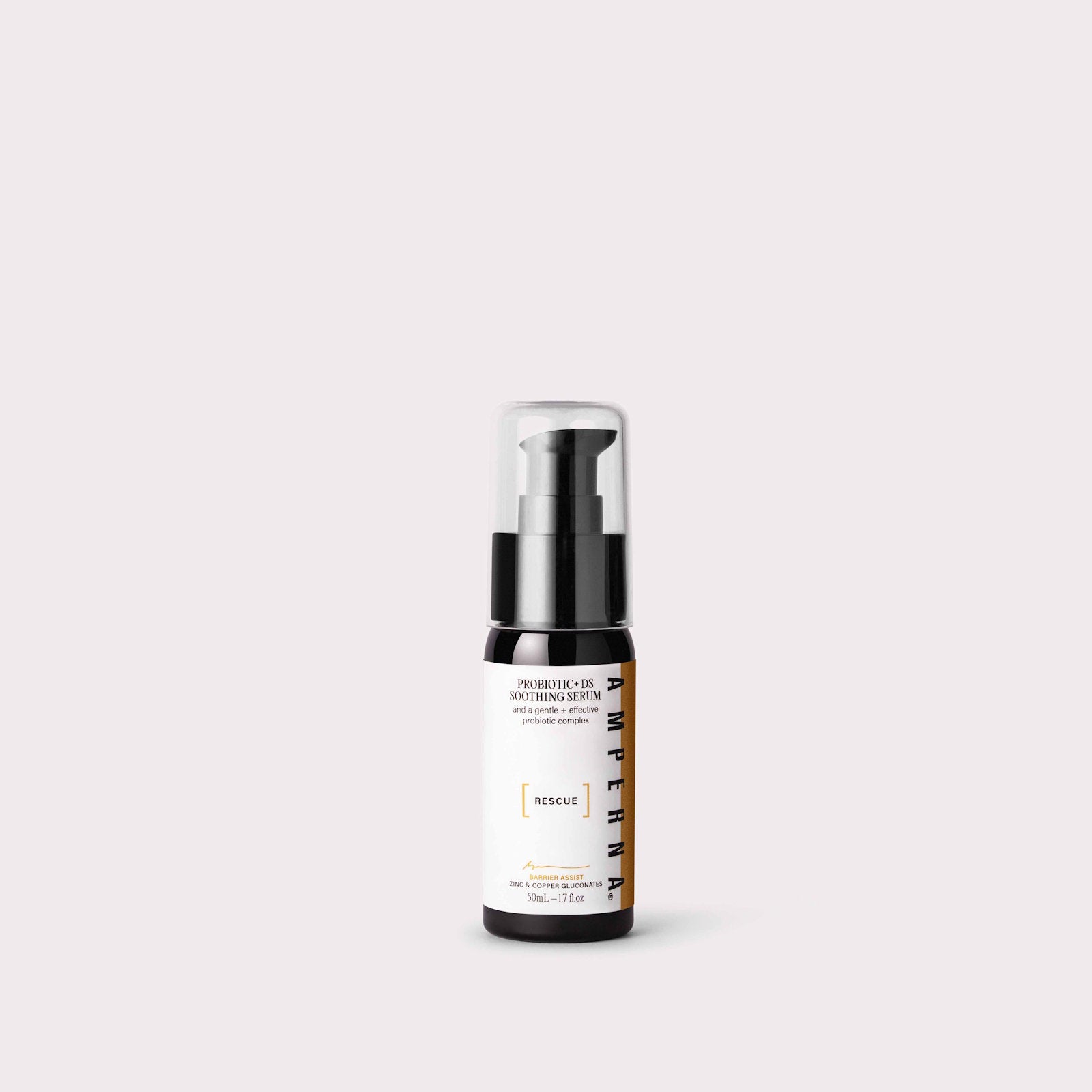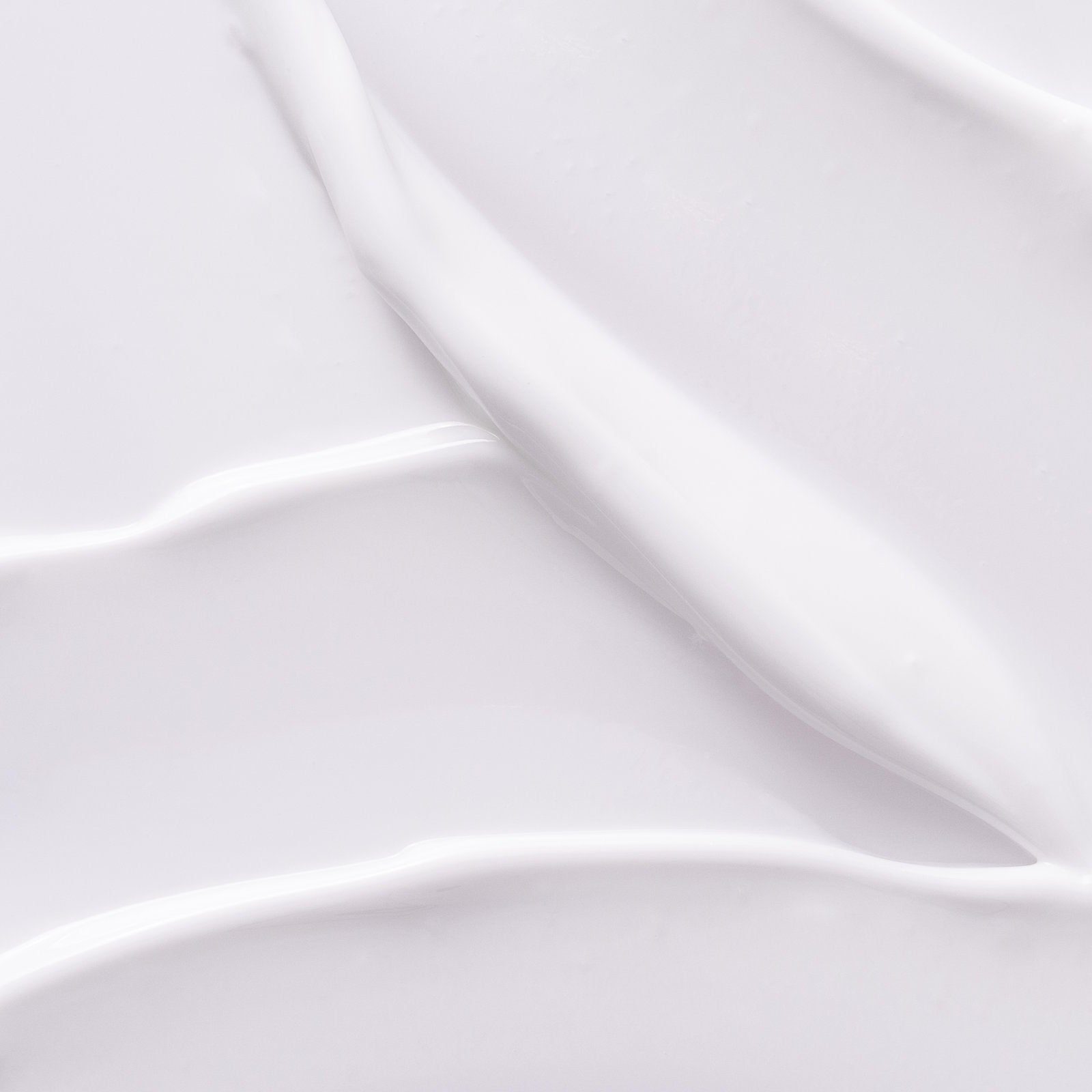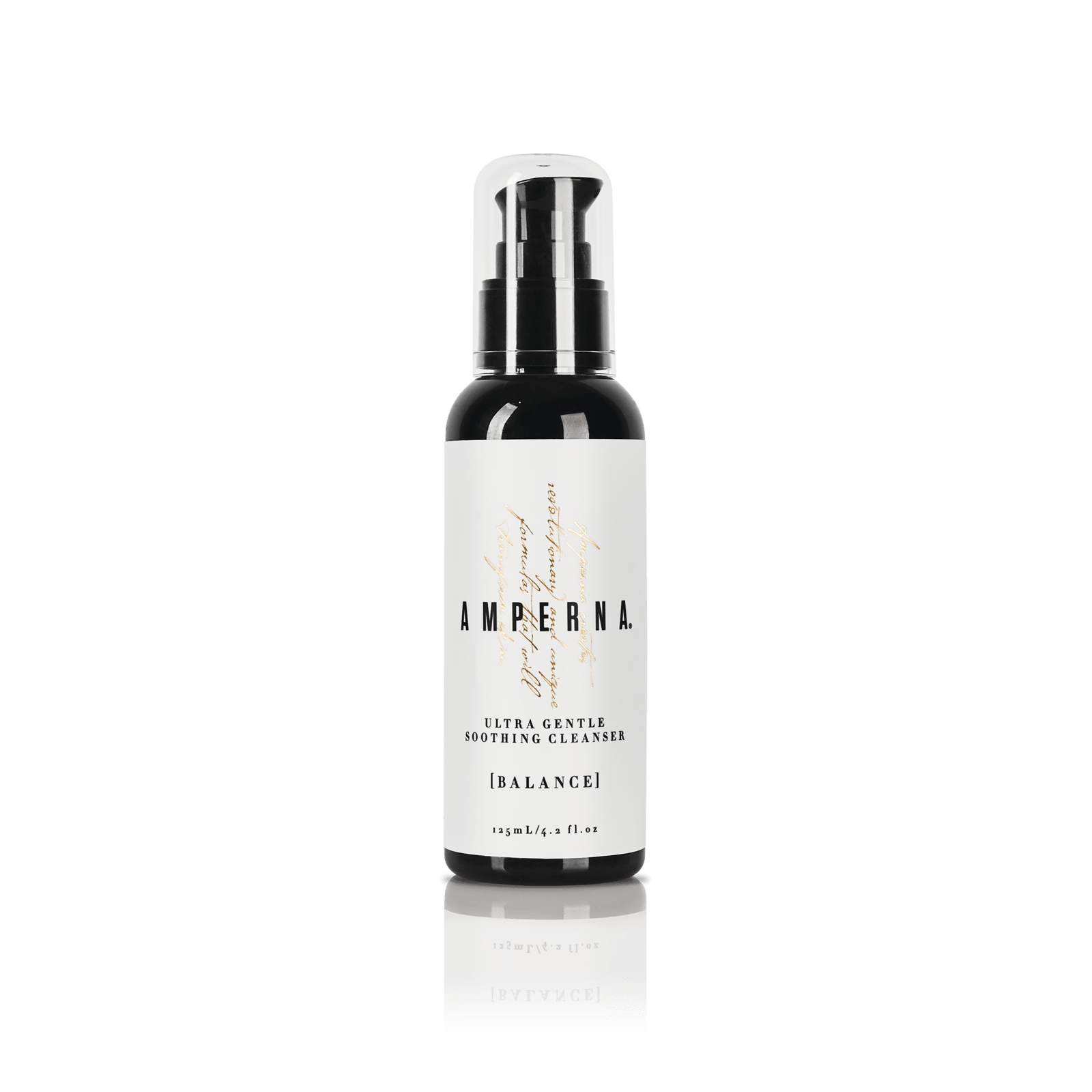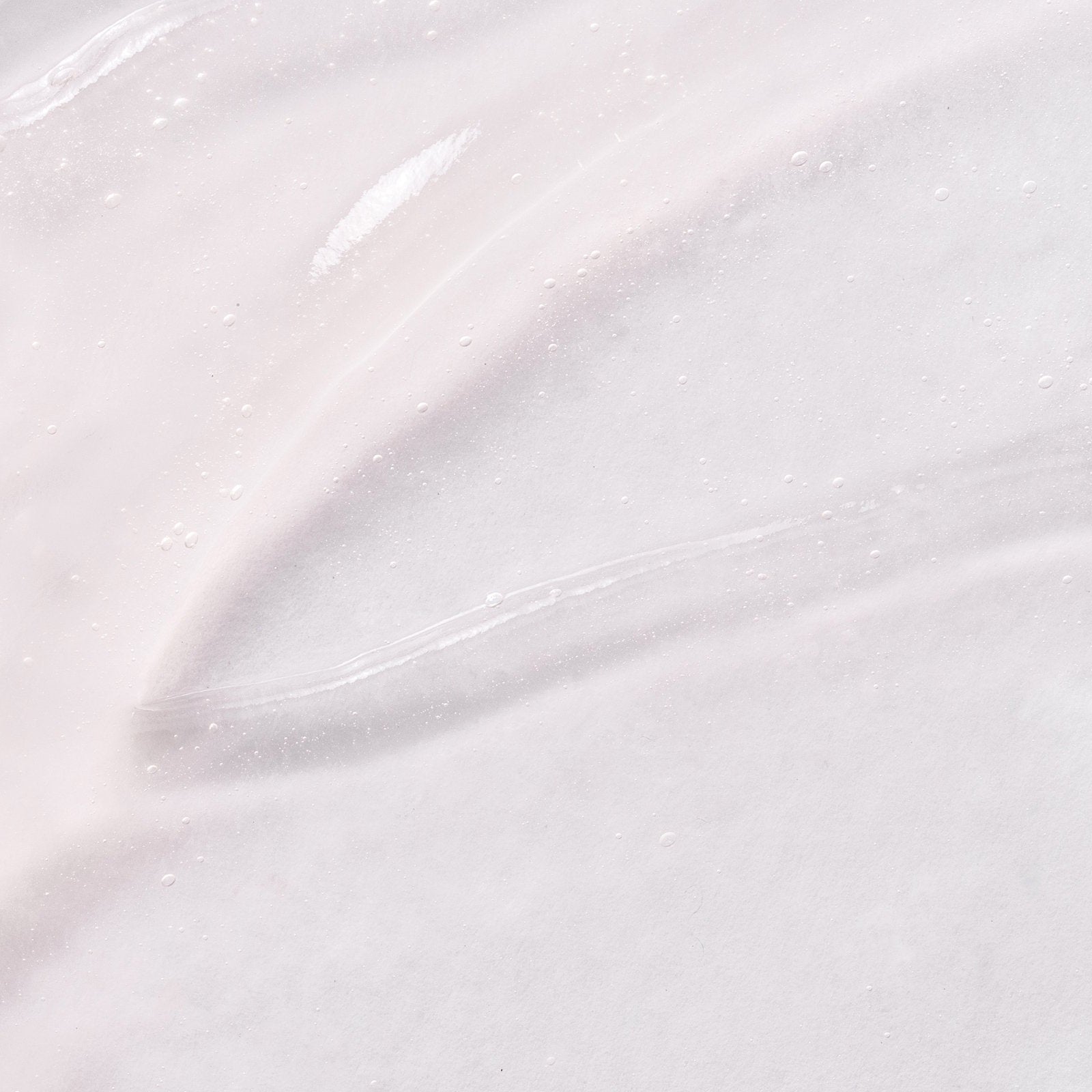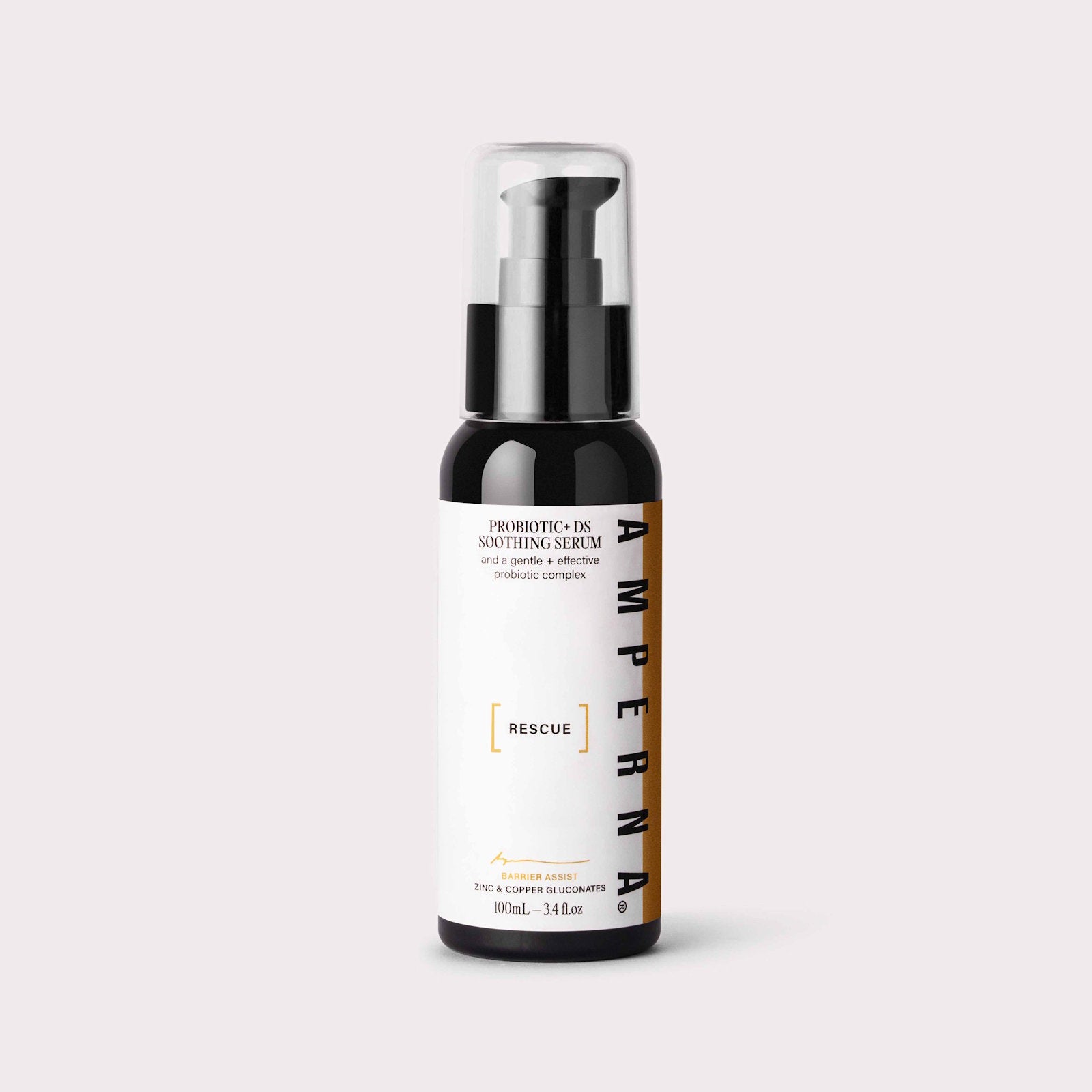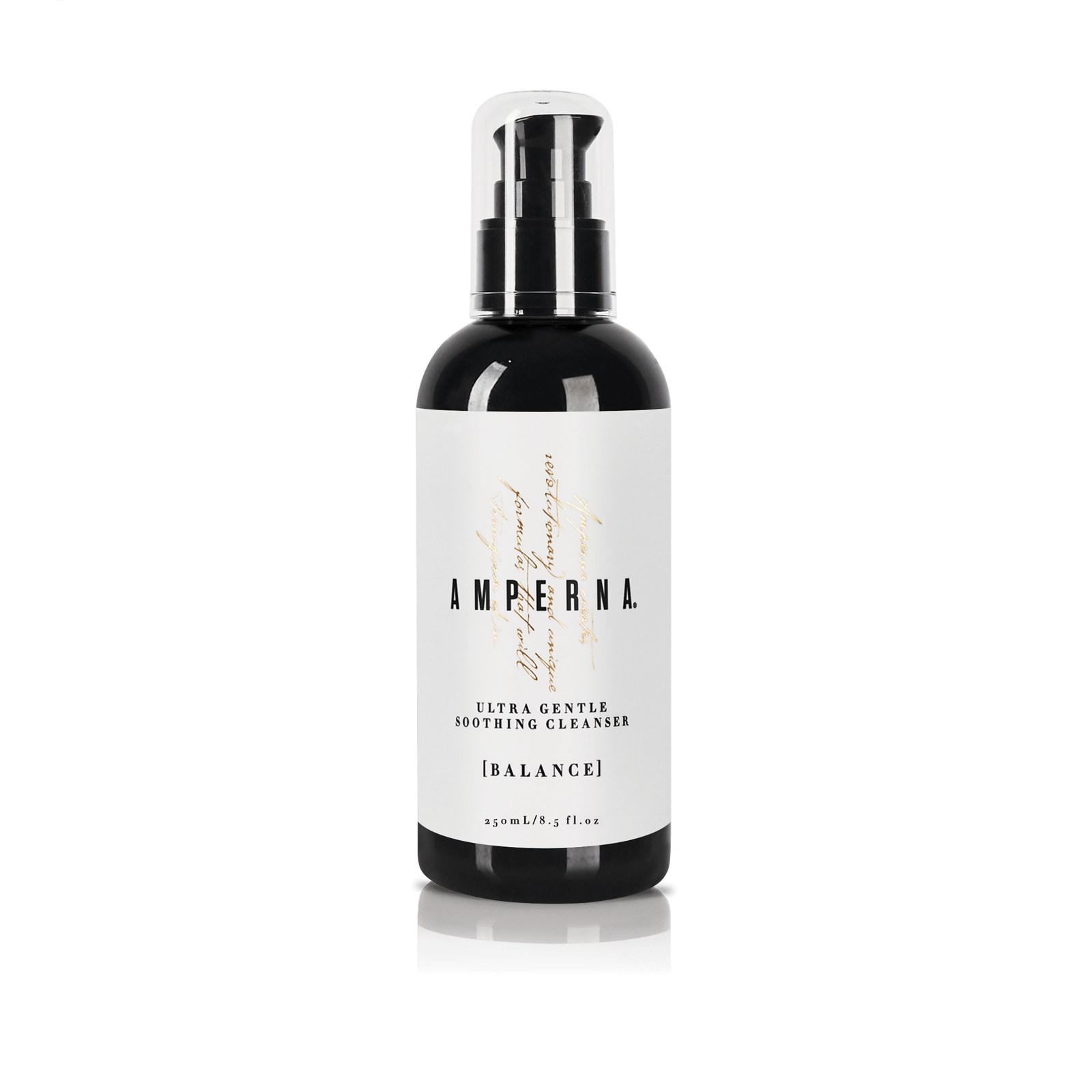Did you know the liver has an essential role in maintaining a healthy complexion? There are numerous internal and external factors that can affect our skin health. One of these is the gut-skin axis and another less spoken about link is between your liver and your skin.
Your liver is a large organ, protected by the rib cage and situated on the right side of the belly. It has two large sections, referred to as the right and the left lobes. Under the liver is the gallbladder, the pancreas and intestines. The liver works with these organs to digest, absorb, and process food.

The role of your liver is to act as the metabolic factory of your body, producing energy to sustain the thousands of functions performed by all your body’s cells.
Specific roles your liver plays include:
- To predominately filter the blood coming from the digestive tract, before it moves through to the rest of your body.
- It helps to detoxify toxins, chemicals and metabolizes drugs. A byproduct of this process is bile that once secreted, flows into the intestines.
- Makes proteins vital for blood clotting and other of your body functions.
- Helps in breaking down fat
Keeping your liver healthy is critical to your blood pressure levels, cholesterol levels, energy levels, regulating your weight, digestive health, keeping your hormone levels in balance and for helping to maintain good skin health.
How Your Liver can Impact Your Skin
In some circumstances, poor skin quality is an indicator of poor liver function or future liver problems.
The liver is essential in breaking down and eliminating toxins such as damaged cells and alcohol. When people are experiencing problems with their liver, it is much harder to break down and eliminate toxins. The result can be these toxins are forced to exit via our skin. When these toxins start to build up, they can irritate and inflame the skin. Examples of how this inflammation can manifest are:
- Acne
- Acne rosacea
- Brown liver spots
- Dermatitis
- Dryness
- Dull and sagging skin
- Eczema
- Hives
- Premature aging and wrinkles
- Psoriasis
- Red itchy rashes

In addition to breaking down toxins, your liver helps to break down fat with the bile it produces. When our liver is not functioning properly, the fat circulates in the bloodstream and the sebaceous glands may use it.
The sebaceous glands are tiny oil-producing glands found all over our body and are most profuse on the face and scalp. These glands release sebum, a fatty substance, that lubricates our skin.
If your sebaceous glands use this fat it can quickly cause inflammation. Furthermore, if you are eating foods containing unhealthy fats, the sebum can become thicker and cause congestion in your pores.
Because many of the skin conditions listed above have numerous triggers, it is best to speak with your dermatologist, skin specialist or doctor. If you think that your liver might be playing a role, your Doctor may send you to get several tests done to identify if you have a liver condition.

6 Tips for Liver Health
Looking after your liver is paramount to your overall health. Rather than using antibiotics to suppress the skin conditions that may be linked to your liver, it is best to adopt a holistic approach to your liver health.
- Eat a balanced diet. For a reputable source diet recommendations, refer to the WHO guidelines.
- Maintain a healthy weight. Keeping to a healthy weight can mean keeping your liver fat in check. If you are overweight or obese you have more chance in suffering from a fatty liver. This can cause non-alcoholic fatty liver disease (NAFLD), one of the fastest growing forms of liver disease.
- Exercise regularly. When you exercise on a regular basis, it helps to burn triglycerides for fuel and can also help to reduce your liver fat levels
- Hydration is essential, so drink a lot of water.
- Try to steer clear of toxins. Toxins, such as cigarette smoke, can be harmful to your liver. Limit direct contact with toxins such as aerosol products, insecticides and harsh chemicals. When you do use aerosols, make sure the room is ventilated, and consider wearing a mask.
- Limit your alcohol consumption. Alcohol can damage or destroy liver cells and scar your liver. Drink alcohol only in moderation or to quit it completely.

How AMPERNA® can help
Since launching AMPERNA®, Kiri has helped many people around the world through their skin care journey. Her Holistic Skin Coaching Service means you can discuss all your skin concerns and develop a tailored plan to work towards healthy glowing skin.
If you are interesting in your skin health, you can contact Kiri, or sign up for skin coaching.
Sources:
https://www.liverdoctor.com/your-skin-reflects-your-liver/
https://www.healthline.com/health/liver-disease-and-itching
https://www.webmd.com/digestive-disorders/picture-of-the-liver#1
https://www.medigraphic.com/pdfs/hepato/ah-2007/ah073k.pdf
https://www.cabothealth.com.au/skin-problems-connected-liver/


